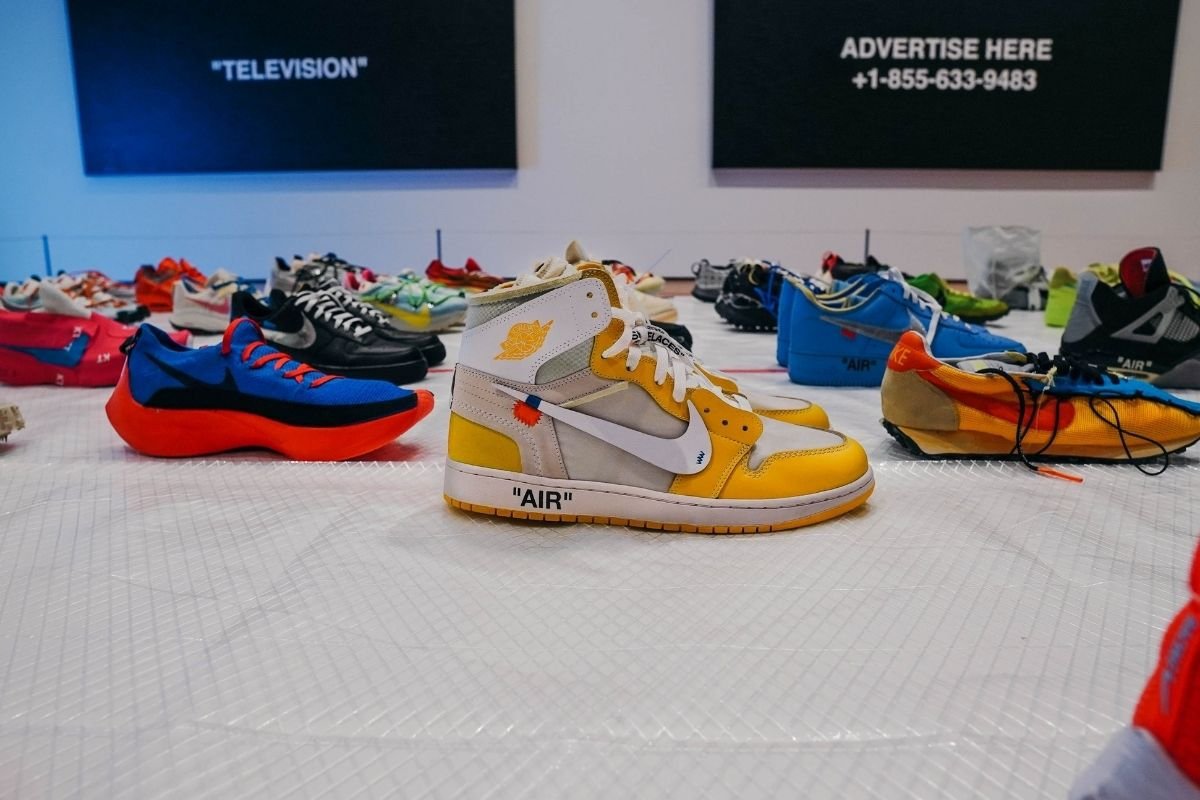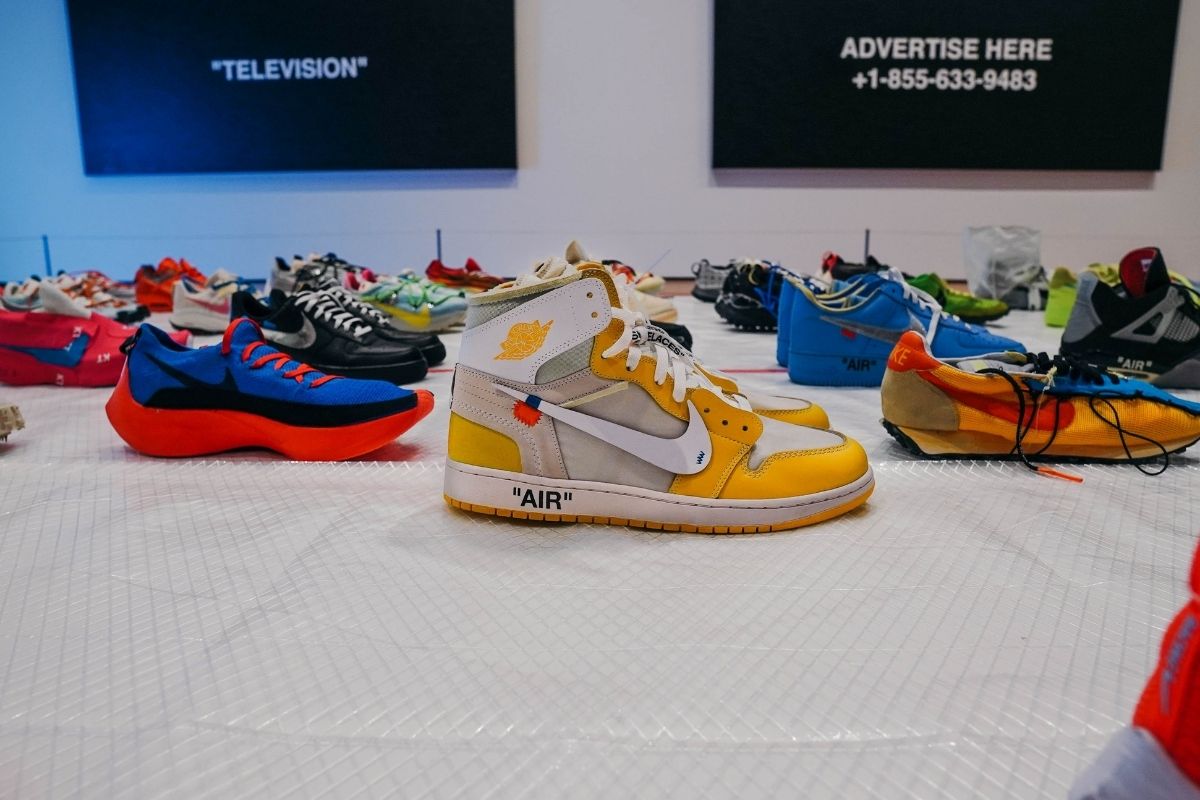The History of Nike’s Presence at the Olympics
The Olympics have always been a big opportunity for not only sneaker companies and the sneaker industry, but also for fans of sneakers or sneaker fanatics. You always see a lot of new things in the Olympics. This has been true back as far as the ’30s. One example of Olympic branding opportunities was when Jesse Owens wore Dassler Brother track spikes when he won multiple golds in Nazi Germany. If you look at a lot of Adidas’ classic trainers, you could call them all-purpose trainers, you’d have stuff like the Rome and the Montreal, or the SL72. A lot of those classic trainers are named after either cities where the Olympics were held in. Companies have also used the year the Olympics occurred, in the case of the SL72. Adidas dominated that market for a long time, if for the only reason that they had sort of that grasp on the European market and on doing all-purpose trainers. Nike didn’t exist as Nike until 1972. In starting Nike, Bill Bowerman and Phil Knight got runners wearing the shoes. Steve Prefontaine was a big example. He was an Olympic runner from Oregon. He Died tragically in a car accident when he was in his early 20s. He didn’t even get a chance to run in what would have been hopefully his redemption Olympics. He’s the person on whom Nike based a lot of the ideals of their running business, where he would come out so strong and want to just run everybody into the ground. He would not be able to carry through the line, even though his records did stand for a very, very long time. I believe some of them still do. Later on, if you want to jump ahead, you would get Michael Johnson in 1996 running in gold spikes. That was a big historical event in sneaker education. The gold shoes. There was just something so prideful about that. I was in college at the time having our athlete kick butt on the world stage in our country wearing gold shoes. Nothing said “America” more than that in my mind- his swagger, his dominance, and those shoes were just kind of a perfect combination for saying, “Welcome to the United States, we’re here to kick your butt in track, and we’re going to have the world’s best athletes in the world’s best footwear.” That’s what I really remember distinctly when it comes to shoes in Olympic games. The Olympics is a very important platform for sneaker brands to show off their latest technology. Nike, in particular, always takes advantage of this stage. In 2008, they brought out their lunar cushioning foam. That went on to be an important piece of sneaker technology for the brand for years to come so remember that as you continue your online sneaker education. In 2012, at the Olympics, Nike used that platform to roll out Flyknit, which of course is now a billion-dollar franchise. Nike is the brand that most takes advantage of the Olympics, but of course, everyone wants to be part of this gigantic global sporting moment. I think the amount to which brands want to put their logos on athletes for these types of moments, like the Olympics, shows just how incredibly important it is for them. This is true whether the logo is on the athletes when they walk in or when they’re on the medal stand. There’s a famous story from the 1992 dream team. Michael Jordan didn’t want to show the Reebok logo on his Team USA jacket, so he put the jacket over his shoulder or obscured the logo. This was because he was a Nike athlete, because he is such a huge Nike guy. Nike had paid him so much money up to that point and continues to make him billions of dollars. There was no way he was going to show off a Reebok logo. So if you look at the images from that event from that medal stand, a couple of the Nike guys are very carefully obscuring the logos on their Reebok jackets. You had much of the dream team in ’92 wearing Nikes. It was Michael Jordan in his 7s with the number 9 on the back, Scottie Pippen in the Air Flight Lite, and then even Charles Barkley, David Robinson, and John Stockton all in different Nike inline models done up specifically for the ’92 Olympics. I remember seeing them in stores, and again, that was like innovation, an event marked in a specific time. Unfortunately, with an event, if you bought it right then, you were of the moment. It was perfect, but just for those moments. Six months from then, it didn’t really matter how cool the shoe was. The event was over. In those days, especially in the early ’90s, before retro really became a big thing, it was more important to be in the moment and have whatever the cool shoe was right then. If you are wearing Air Jordan 1s in 1990, that wasn’t necessarily cool. That was sort of saying you’re behind. What are you waiting for? So the Olympics would always mark something and establish it as the new thing, whether it was the Lunar Racer, or the first Hyper Dunk, or the Flyknit Trainer and the Flyknit Racer. It was an opportunity to look at Nike. Adidas did the “made in Germany” Prime Knit for the Olympics, and you know those are very, very hard to find, but the Olympics is still that showcase for new technology and new shoes.
if(window.strchfSettings === undefined) window.strchfSettings = {};window.strchfSettings.stats = {url: “https://yellowbrick-co.storychief.io/en/the-history-of-nikes-presence-at-the-olympics?id=2016820546&type=2”,title: “The History of Nike’s Presence at the Olympics”,id: “a31febc5-c31d-435b-9c43-2aa027c870b0”};(function(d, s, id) {var js, sjs = d.getElementsByTagName(s)[0];if (d.getElementById(id)) {window.strchf.update(); return;}js = d.createElement(s); js.id = id;js.src = “https://d37oebn0w9ir6a.cloudfront.net/scripts/v0/strchf.js”;js.async = true;sjs.parentNode.insertBefore(js, sjs);}(document, ‘script’, ‘storychief-jssdk’))

